Cold Sore Prevention & Treatment Calculator
Select the factors most likely to trigger your cold sores
Based on your inputs:
Recommended Action Plan
Key Takeaways
- Cold sores are caused by HSV‑1 and flare up when the immune system is weakened.
- Stress, UV exposure, and hormonal changes are the most common triggers.
- Daily lysine supplementation, lemon balm, tea tree oil, and aloe vera are the top natural treatments.
- Consistent skin care, sun protection, and a balanced diet can help you prevent cold sores naturally.
- See a healthcare professional if lesions last longer than two weeks or spread.
When you notice that tiny, tingling spot on your lip, you know a cold sore is about to appear. Cold sore is a painful blister caused by the herpes simplex virus type 1 (HSV‑1). It’s not a sign of poor hygiene; it’s a viral re‑activation that happens whenever your body’s defenses dip.
Understanding what sparks a flare‑up and which natural tools can calm it down lets you stay in control without reaching for over‑the‑counter creams every time. Below you’ll find a step‑by‑step guide that covers prevention, immediate treatment, and when to get professional help.
What Triggers a Cold Sore?
The virus hides in nerve cells after the first infection and awakens under stressors. The most frequent triggers are:
- Psychological stress - cortisol spikes weaken immunity.
- UV radiation - sunlight or tanning beds damage skin cells.
- Hormonal shifts - menstrual cycles or oral contraceptives.
- Fever or illness - colds, flu, or a weakened immune response.
- Physical trauma - lip licking, dental work, or harsh lip products.
Identifying your personal patterns helps you pre‑empt the outbreak before the first blister forms.
Daily Lifestyle Habits to Reduce Outbreak Risk
These habits form the backbone of a long‑term prevention plan.
- Sun protection: Apply a broad‑spectrum SPF 30+ lip balm daily, especially outdoors.
- Stress management: Practice 10‑minute mindfulness, breathing exercises, or short walks.
- Balanced nutrition: Focus on foods rich in lysine (lean poultry, beans, quinoa) and low in arginine (nuts, chocolate).
- Hydration: Keep lips moisturized to prevent cracking, which can invite the virus.
- Sleep hygiene: Aim for 7‑8 hours to keep immune cells active.
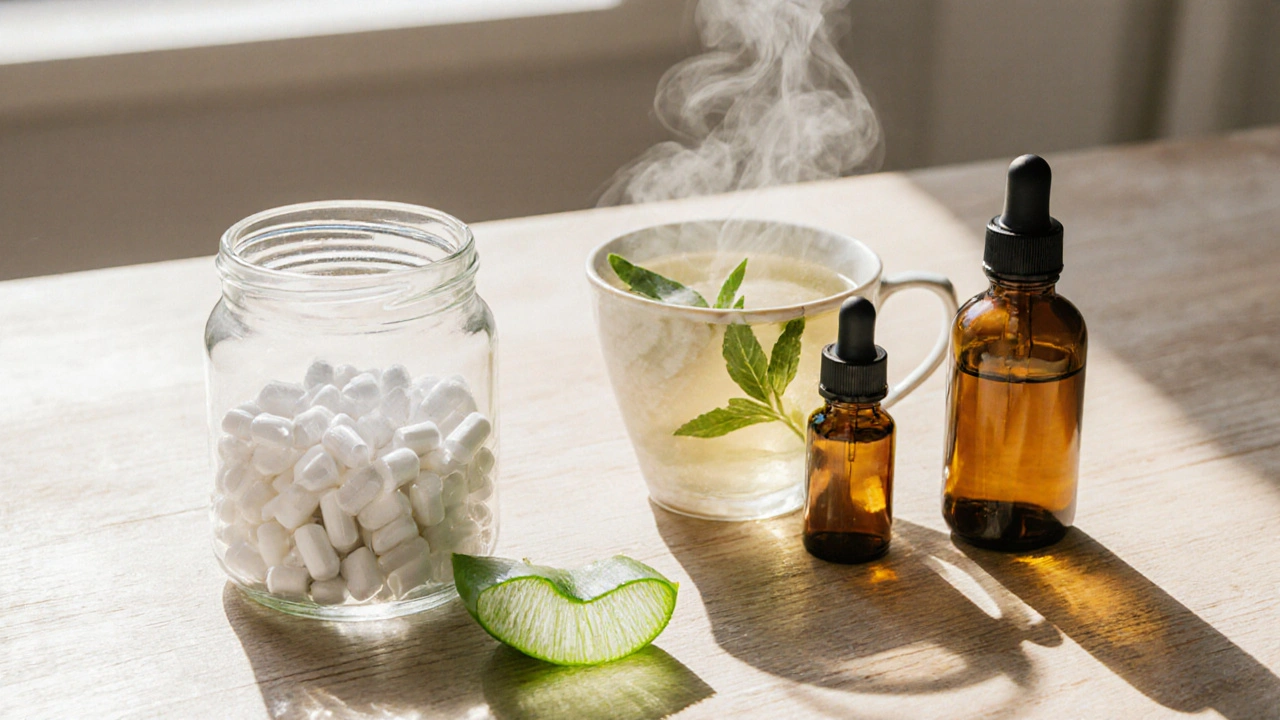
Top Natural Remedies for an Active Outbreak
When the tingling stage starts, act fast. Below are the most research‑backed natural options.
Lysine is an essential amino acid that interferes with arginine, limiting HSV‑1 replication. A daily dose of 1,000mg during an outbreak shortens healing time by about 30%.
- Take 500mg twice a day with food.
- Combine with a low‑arginine diet for best results.
Lemon balm (Melissa officinalis) contains polyphenols that block viral attachment to skin cells. A 2% cream or tea applied five times daily can reduce pain within a few hours.
- Make a tea: steep 1tsp dried leaves in 250ml hot water for 5minutes.
- Cool the tea and dab onto the lesion with a cotton swab.
Tea tree oil is a virucidal essential oil that disrupts the viral envelope. Dilute 1drop in 1ml carrier oil (coconut or jojoba) and apply 3‑4 times a day.
- Test on a small skin patch first to avoid irritation.
- Avoid ingestion; use only topically.
Aloe vera gel offers soothing moisture and contains anthraquinones that have antiviral properties. Apply fresh gel directly from the leaf or a 100% pure store‑bought gel 3‑5 times daily.
- Leave on for at least 20minutes before wiping excess.
- Combine with lysine for a synergistic effect.
Quick Comparison of Natural Cold Sore Remedies
| Remedy | Primary Action | Typical Dose / Application | Time to Relief (avg.) | Key Precautions |
|---|---|---|---|---|
| Lysine (oral) | Inhibits viral replication | 1,000mg daily (split doses) | 24‑48hrs | Watch for kidney issues if >3g/day |
| Lemon balm (topical) | Blocks virus attachment | 2% cream or tea applied 5×/day | 12‑24hrs | May cause mild itching |
| Tea tree oil (topical) | Destroys viral envelope | 1drop in 1ml carrier oil, 3‑4×/day | 24‑36hrs | Potential skin irritation; dilute properly |
| Aloe vera (gel) | Soothes and antiviral | Fresh gel applied 3‑5×/day | 12‑24hrs | Rare allergic reactions |
Step‑by‑Step Routine When a Cold Sore Starts
- Clean the area with mild soap and lukewarm water - no harsh scrubbing.
- Apply a cold compress for 5minutes to reduce swelling.
- Start lysine supplement (500mg) and continue for the next 5‑7days.
- Apply lemon balm tea or 2% cream every 2‑3hours.
- If you have a mild skin reaction, add diluted tea tree oil after the lemon balm has dried.
- Finish each application with a thin layer of aloe vera gel for moisture.
- Maintain SPF 30+ lip balm throughout the day.
Most people notice the sore crusting over within 3‑5days and fully healing in about 10days.

When to Seek Professional Care
Natural remedies are safe for most, but certain signs demand medical attention:
- Lesion lasts longer than 14days.
- Severe pain, fever, or swollen lymph nodes.
- Frequent outbreaks (more than 6 per year).
- Cold sores near the eyes or genitals.
- Pregnancy, immunocompromised conditions, or chronic illness.
A doctor may prescribe antiviral pills (e.g., acyclovir) or topical creams, which work best when started at the first tingling stage.
Frequently Asked Questions
Can I catch a cold sore from someone else?
Yes. Direct contact with the fluid from an active lesion can transmit HSV‑1. Avoid sharing utensils, lip balms, or kissing while a sore is present.
Is lysine safe for children?
Children can take lysine, but the dose should be lower - about 500mg per day for ages 6‑12, split into two doses. Always consult a pediatrician first.
How often should I apply lemon balm?
Apply a fresh tea or 2% cream every 2‑3hours during the first 48hours, then reduce to 4‑5 times daily until the sore heals.
Will sunscreen cause a cold sore?
No. In fact, sunscreen protects against UV‑triggered reactivations. Use a lip balm with SPF‑30+ and avoid products containing irritants like menthol.
Can diet alone prevent cold sores?
Diet is a major factor, especially a high‑lysine, low‑arginine regimen, but stress control and sun protection are equally important. Combining all three gives the best protection.
Quick Checklist for Everyday Prevention
- Apply SPF 30+ lip balm every morning.
- Take 500mg lysine supplement during high‑stress periods.
- Limit arginine‑rich foods (nuts, chocolate) when you feel a flare coming.
- Keep a small bottle of lemon balm cream or tea bags in your bag.
- Practice a 5‑minute relaxation technique before bedtime.
- Stay hydrated and get 7‑8hours of sleep.
By integrating these natural tactics into your routine, you can keep cold sores at bay and handle them quickly when they do appear, all without relying on prescription drugs unless truly needed.


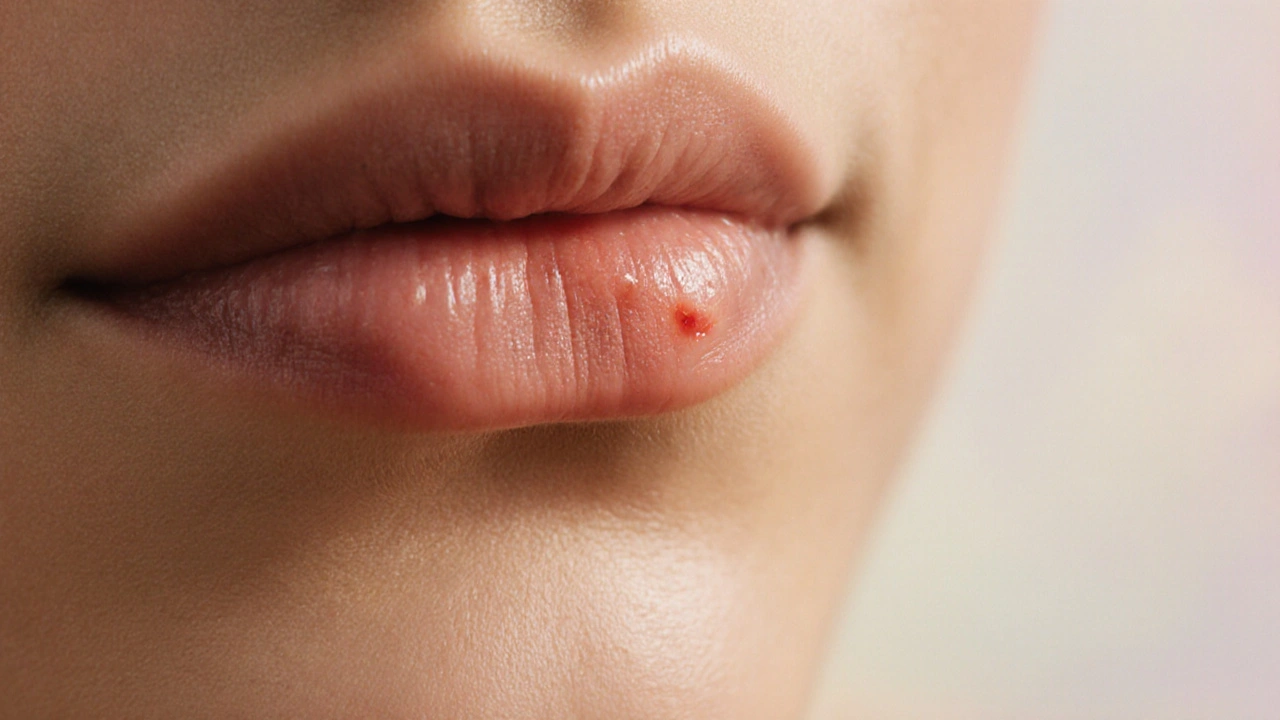
 Medications
Medications

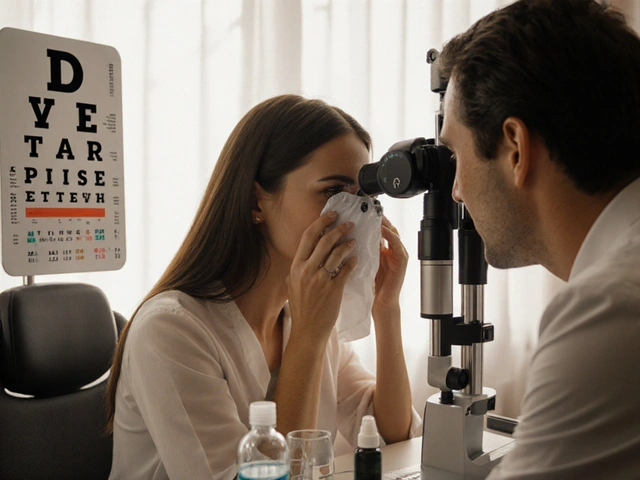
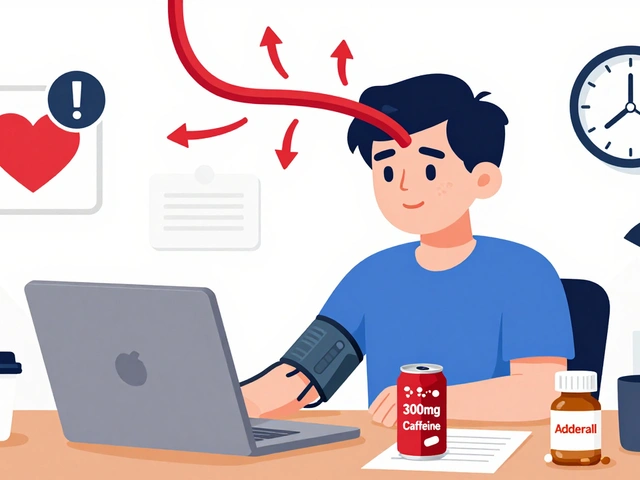
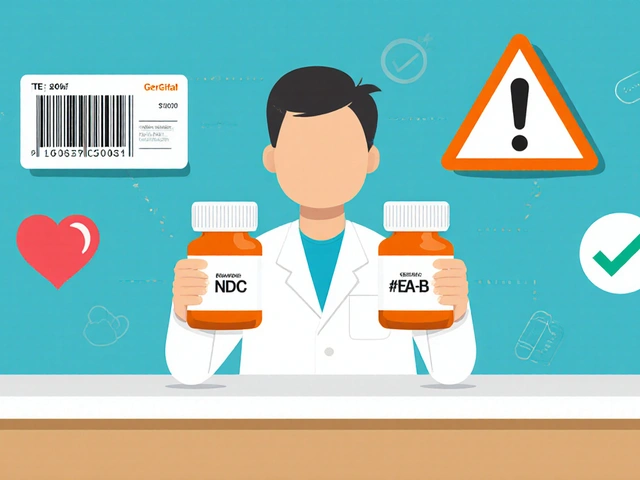

Andrew Irwin
October 13, 2025 AT 15:33Reading through this guide reminded me how much we often overlook the simple habits that keep the herpes virus at bay. The article does a solid job of breaking down the main triggers-stress, UV exposure, hormonal swings-into bite‑size pieces that anyone can understand. I especially appreciate the emphasis on daily SPF for the lips; most people think sunscreen is only for the face and forget the delicate skin around the mouth. The lysine dosage calculator is a nice touch, although I would suggest checking with a physician before starting any supplement regimen, especially for those with kidney concerns. Adding a reminder to stay hydrated is a subtle but powerful suggestion, since dehydration can dry out the lip barrier and make it more vulnerable. The natural remedies section feels thorough, covering lemon balm, tea tree oil, aloe vera, and lysine, each with clear instructions on how to use them. I like that the author warns about the potential for skin irritation with undiluted essential oils-something beginners often skip. The step‑by‑step routine is practical, guiding users from cleaning the area to applying a cold compress and then layering the treatments. One thing I’d add is a note about avoiding picking at scabs, as that can re‑introduce the virus deeper into the skin. The quick checklist at the end serves as a handy daily reminder, especially the tip to keep a small bottle of lemon balm cream in your bag. Overall, the guide strikes a good balance between scientific backing and everyday practicality, making it accessible for both newcomers and seasoned cold‑sore veterans. Remember, consistency is key; the more you integrate these habits, the fewer outbreaks you’ll experience in the long run.
Jen R
October 20, 2025 AT 14:13The piece is pretty comprehensive, but I have to point out a few gaps. The lysine dosage calculator assumes a one‑size‑fits‑all approach, which isn’t realistic for people with different metabolic rates. Also, while lemon balm and tea tree oil are listed, the article skips over a discussion of potential allergic reactions for sensitive skin types. A quick disclaimer about patch‑testing would have been useful. The prevention tips could benefit from more concrete stress‑reduction techniques-just saying "practice mindfulness" feels a bit vague. That said, the table summarizing the remedies is neatly organized and gives a clear snapshot at a glance. Overall, solid groundwork, just needs a few more practical caveats.
Joseph Kloss
October 27, 2025 AT 12:53From a philosophical standpoint, the virus acts like an unseen guest that only shows up when you forget to lock the door of your immune system. The article does a decent job of identifying the "doors"-stress, UV, hormones-but it treats them as isolated events rather than parts of a larger systemic pattern. A more toxic analyst would argue that the reliance on lysine supplements is a band‑aid, not a cure, especially when the underlying lifestyle factors remain unaddressed. The casual tone when discussing essential oils feels a bit naïve, given that many users underestimate the potency of these compounds. Still, the step‑by‑step routine offers a pragmatic blueprint for immediate action, which is commendable. The inclusion of when to seek professional care anchors the natural approach in reality, preventing readers from over‑relying on home remedies.
Anna Cappelletti
November 3, 2025 AT 11:33I love how the guide ties together lifestyle tweaks with natural treatments. It’s encouraging to see that managing stress and protecting lips from the sun can actually reduce the frequency of outbreaks. The detailed breakdown of each remedy helps demystify the process, especially for someone like me who’s new to using herbal creams. While the article is thorough, a quick tip on how to store homemade lemon balm tea safely would make the routine even more user‑friendly. Keep up the good work, and thanks for making the science accessible.
Dylan Mitchell
November 10, 2025 AT 10:13Lemon balm is the superhero of cold sores!
Elle Trent
November 17, 2025 AT 08:53While the lemon balm hype is entertaining, let’s not forget the pharmacokinetic jargon: bioavailability, half‑life, and dermal absorption rates matter. The article glosses over the fact that a 2% cream might not penetrate deep enough for severe lesions, which could leave users frustrated. Also, the casual misspellings like "lemom" or "balm" can undermine credibility for readers who value precise language. Still, the overall structure is solid, and the use of layman terms makes it approachable for a broad audience.
Cayla Orahood
November 24, 2025 AT 07:33It’s no coincidence that big pharma pushes prescription antivirals while quietly promoting lysine supplements as “just a vitamin.” The natural remedy narrative is a distraction, steering people away from the truth that the pharmaceutical industry funds most of the research behind antiviral pills. They want us to rely on expensive creams that keep the illness recurrent, ensuring a steady market for their products. Remember, the ingredients in many over‑the‑counter treatments are often patented, making it harder for truly natural alternatives to gain traction. Stay vigilant, question the source of the information, and don’t let corporate interests dictate your health choices.
McKenna Baldock
December 1, 2025 AT 06:13I appreciate the critical eye on industry motivations, but even if some bias exists, the empirical evidence for lysine and lemon balm remains compelling. Philosophically, we can view natural remedies as a form of personal agency against a system that often prioritizes profit. It’s worthwhile to balance skepticism with an openness to practices that have stood the test of time across cultures. By integrating both perspectives-scientific rigor and mindful autonomy-we can create a more holistic approach to managing cold sores.
Roger Wing
December 8, 2025 AT 04:53Conspiracy talk aside lysine does work but not magical it reduces replication period not cures it. Folks need realistic expectations and proper dosage not just hype